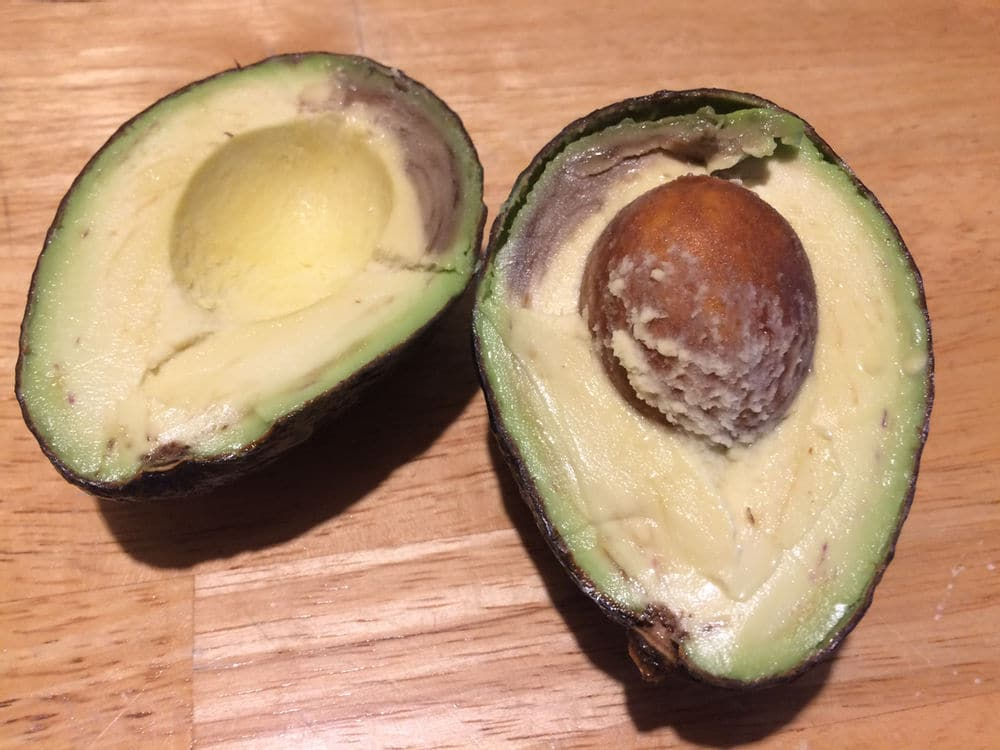Introduction to Breakfast Cereals for Kids
Breakfast cereals are a staple in many households, known for their convenience and appeal to children. They come in numerous varieties, from high-sugar, colorful options to whole-grain, nutrient-dense choices. Understanding how to select the healthiest options and balance them within your child’s diet is crucial.
Nutritional Aspects of Cereals
Ingredients and Nutrients
Whole Grains
Look for cereals that list whole grains as the first ingredient, as they are richer in nutrients and fiber compared to their refined counterparts.
Sugar Content
Many children’s cereals contain high amounts of added sugars. Excessive sugar intake can lead to various health issues, including obesity and dental problems.
Fiber
High-fiber cereals can aid in digestion and help maintain a healthy weight.
Fortification
Many cereals are fortified with vitamins and minerals, such as iron, calcium, and B-vitamins, which can help meet a child’s nutritional needs.
Health Benefits
Convenience and Fortification
Fortified cereals can be a quick way to provide children with essential nutrients they might not get enough of from other sources.
Whole Grains and Fiber
Cereals made from whole grains and rich in fiber can promote digestive health and contribute to a feeling of fullness, preventing overeating.
Potential Drawbacks
Sugar Content
High-sugar cereals can contribute to an increased risk of obesity, type 2 diabetes, and cavities in children.
Artificial Ingredients
Some cereals contain artificial colors and preservatives, which some parents prefer to avoid.
Nutritional Imbalance
Relying too heavily on processed cereals can lead to a nutritional imbalance, missing out on the variety of nutrients provided by a more diverse diet.
How to Choose a Healthy Cereal
Read Labels Carefully
Look for cereals with whole grains as the first ingredient and low in added sugars.
Consider Fiber Content
Aim for cereals that provide at least 3-5 grams of fiber per serving.
Check for Fortification
Ensure the cereal is fortified with essential vitamins and minerals, particularly if your child has a restrictive diet.
Balancing Cereal with a Nutritious Breakfast
Add Fruits
Incorporate fresh or dried fruits to increase the meal’s vitamin, mineral, and fiber content.
Include Protein
Serve cereal with milk or a milk alternative, and consider adding nuts or yogurt to increase protein, making the meal more satisfying.
Diversify Breakfast Options
While cereal can be part of a healthy breakfast routine, offering a variety of breakfast foods, including eggs, whole-grain bread, and fruits, can provide a broader range of nutrients.
FAQs
How much sugar is too much in children’s cereal?
The American Heart Association recommends that children aged 2 to 18 consume less than 25 grams (6 teaspoons) of added sugars per day. Choose cereals with less than this amount per serving.
Can cereal alone provide a balanced breakfast for my child?
While cereal can be part of a balanced breakfast, it’s best complemented with other foods such as fruits, nuts, and dairy to ensure a range of nutrients.
Are cereals that claim to be “made with whole grain” always a healthy choice?
Not necessarily. While whole grains are a positive aspect, these cereals can still be high in sugar and low in fiber. Always read the nutrition label for a clearer picture.
How can I make high-fiber cereal more appealing to my child?
Mix a small amount of a sweetened cereal with a high-fiber, low-sugar option, or add natural sweetness with fresh fruits like berries or bananas.
Is it okay for my child to eat cereal for dinner?
Occasionally, yes, especially if the cereal is nutritious and part of a balanced meal. However, relying on cereal too often can miss the opportunity to introduce a variety of foods and nutrients.
Are “adult” cereals healthier than those marketed to kids?
Often, yes, because they’re usually lower in sugar and higher in fiber. However, the best way to determine healthiness is by reading the nutrition facts and ingredient list.
What about gluten-free cereals?
Gluten-free does not necessarily mean healthier unless your child has celiac disease or a gluten sensitivity. These cereals can sometimes have more sugar or fat to improve taste and texture.
Conclusion
Choosing the right cereal for your child involves more than just picking their favorite cartoon character off the box. By understanding the nutritional content, potential benefits, and drawbacks of breakfast cereals, parents can make informed decisions that contribute to their child’s overall health and well-being. Remember, balance and variety are key components of a healthy diet, and while cereal can be part of a nutritious breakfast, it’s important to include other food groups to ensure a well-rounded meal.
- Sculptra Surrey – Collagen Stimulation Therapy Near Camberley, Surrey - May 31, 2025
- Retinol Peel Near Bisley, Surrey - May 30, 2025
- Nu-Derm Skin System Near Caterham, Surrey - May 30, 2025



